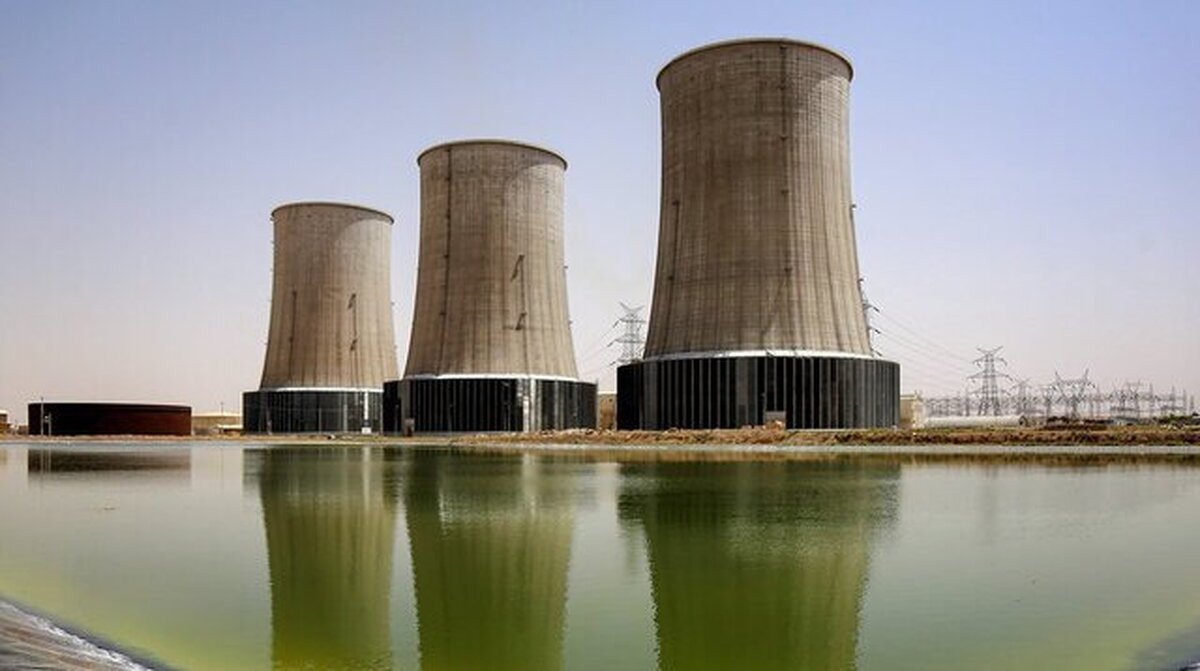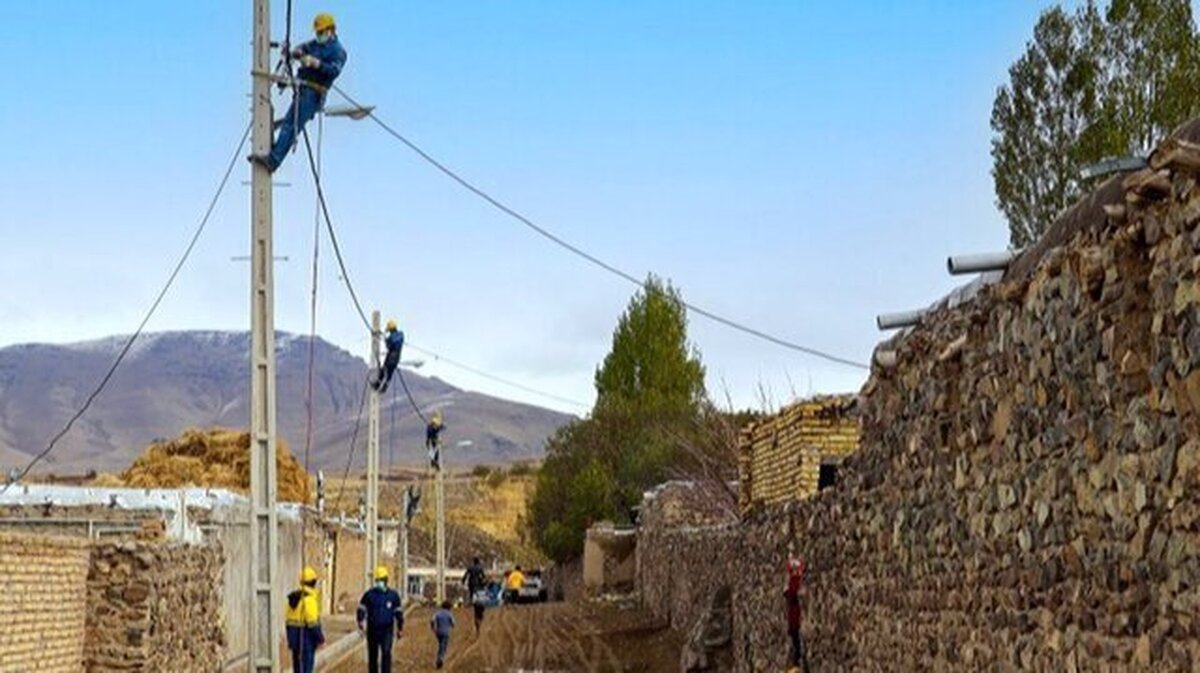
Private Sector Unwilling to Launch Electricity Ventures
EghtesadOnline: The private sector is reluctant to embark on power projects due to the Energy Ministry's refusal to levy attractive tariffs for electricity generation, the vice president of Iran Electrical Industry Syndicate said.
“As long as electricity tariffs do not increase, private investment in the loss-making power sector will not make economic sense,” Barq News also quoted Payam Baqeri as saying.
The private sector investment in electricity plans has become zero and will not change for the foreseeable future unless the ministry overhauls its age-old policies, he added.
According to the official, lack of investment in the key industry will be catastrophic in the near future. Come 2023, nationwide outages will become a permanent feature.
Private sector investment in the power industry is said to be near $22 billion and 54% of the power demand are met by private producers.
“The Energy Ministry’s debt to private power producer has exceeded $2.5 billion. Failure to adopt new policies [allowing private companies to sell electricity directly or raise tariffs] is discouraging, because of which private companies are not interested in launching new projects,” he said.
Government investment in the sector is out of the question, as the economy is faltering due to the huge decline in oil exports, the ballooning budget deficit and the US economic siege that have cut off foreign investments in all major industries.
Baqeri said the government is apparently undecided or confused about redefining electricity as a commodity (requiring minimal government intervention in the market beyond measures to ensure fair competition) or a social service (requiring government to intervene or even control delivery systems).
“As long as electricity is not recognized as a commodity [like oil and coal], which can be bought and sold by private firms, this strategic industry will not flourish.”
Treating power as a commodity is possible as it is traded in many other countries like India, Russia, Japan, Hungary, China and Turkey.
Competitive Markets
The government is not in favor of developing a competitive electricity market that can contribute to efficiency of supply systems.
Referring to the old policies of intervention in almost all key sectors, he said state-operated power plants receive free gas and obviously do not care how much each kilowatt of power is sold for, but privately-owned power stations have to pay 20 cents for each cubic meter of gas and the Power Generation, Distribution and Transmission Company (Tavanir) determines the tariffs and also how and when plants should be disconnected for routine maintenance.
“Promises given to the private companies have been hollow and they are still not allowed to export electricity. Tavanir’s absolute monopoly cannot be broken easily,” he said.
“It is not for the government to balance energy demand and supply. Their task is rather to devise a framework that ensures energy is produced and consumed efficiently.”
Baqeri said Iran has sufficient potential to produce higher amounts of electricity from renewable sources while the current power output from it is less than 1,000 megawatts.
“Currently, most of our electricity comes from thermal power plants that consume fossil fuels, which harm human health and the environment. Therefore, a significant part of the pollution [30%] comes from power plants,” he added.
Most of domestic thermal plants are powered by natural gas that is the cleanest burning fossil fuel so far as it emits the least amount of CO2. However, using renewable energy, including solar and wind, would take care of this big problem without polluting the air.
Iran ranks eighth globally in terms of renewable energy potential. There are 300 sunny days in almost 80% of the country.
“Our minimum radiation exceeds the maximum in Europe. We can produce up to 60,000 MW of renewables, including solar and wind power, but this capacity has been neglected,” he said.
The government reportedly plans to raise the current share of renewables to 5,000 MW by 2022. This seems to be a tall order because in addition to financial constraints, developing renewable plants remains a low priority for policymakers.



